
A closer look at Enabling Technologies
The Push-It project not only works on site to create UTES systems. It also develops enabling technologies to make it easier to create and implement those systems.
decarbonizing
heat systems
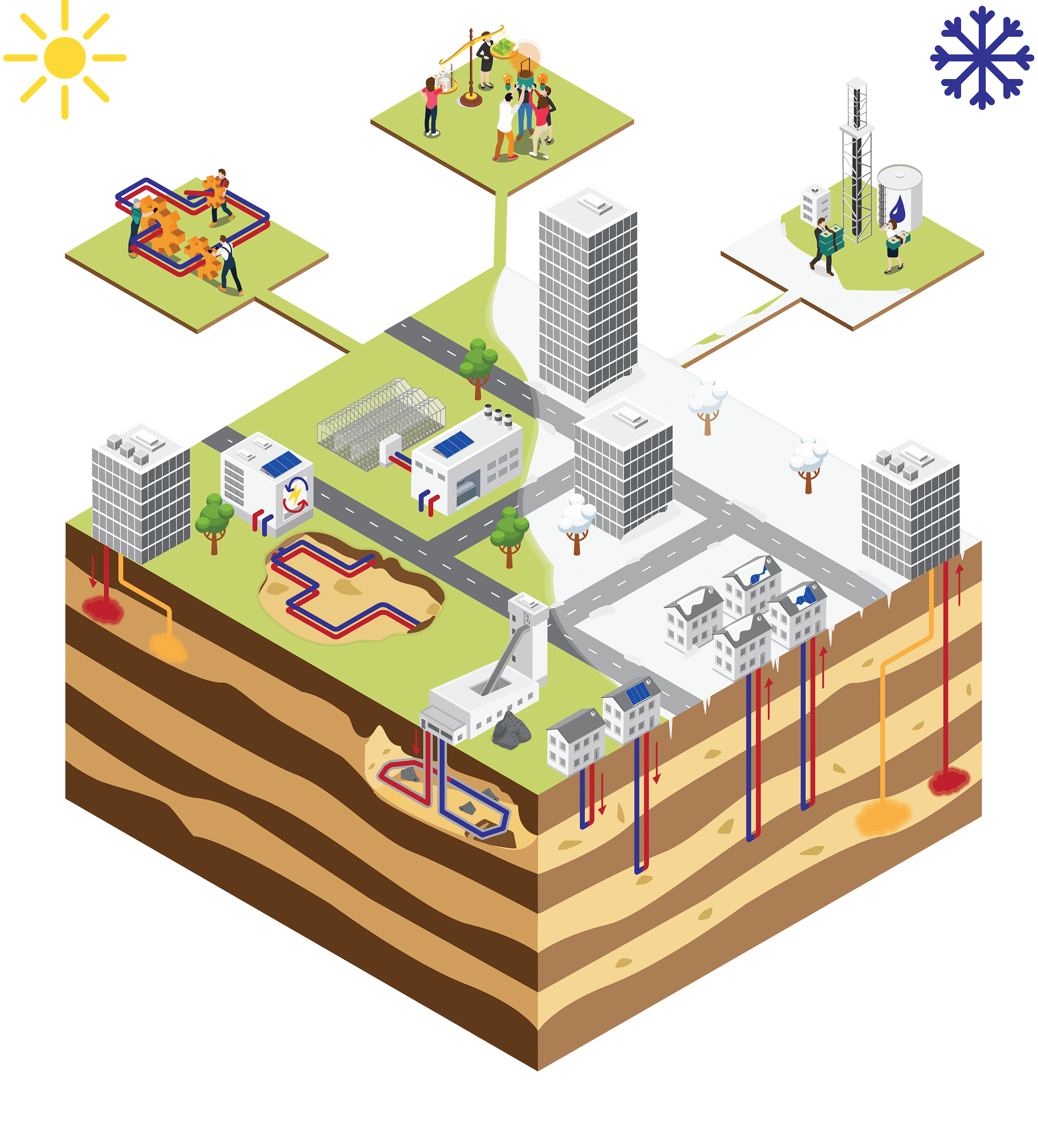
Project PUSH-IT
Piloting Underground Storage of Heat In geoThermal reservoirs
PUSH-IT’s ambition is to overcome the seasonal mismatch between heat demand and heat generation from sustainable sources using underground heat storage. The EU-funded project focusses on three innovative technologies for high-temperature heat storage, as well as enabling technologies, societal engagement, and governance, policies and business models.
The goal is to develop this missing link in heat networks as a safe, reliable, affordable, and economically viable solution that fits existing and future regulatory frameworks. This contributes to reducing greenhouse gas emissions and achieving a net-zero carbon economy and society in Europe by 2050.
The pilots
PUSH-IT will demonstrate full-scale implementation of heat storage in geothermal reservoirs at three demo-sites: Delft (Netherlands), Darmstadt (Germany) and Bochum (Germany). Next to these key demo-sites, three ‘follower’ locations for future pilots are Berlin (Germany), Litomĕřice (Czechia) and United Downs (United Kingdom). At these sites, we will address specific local technical and societal challenges and engage local stakeholders. We will translate our findings into solutions that can be applied to heat storage systems across Europe.
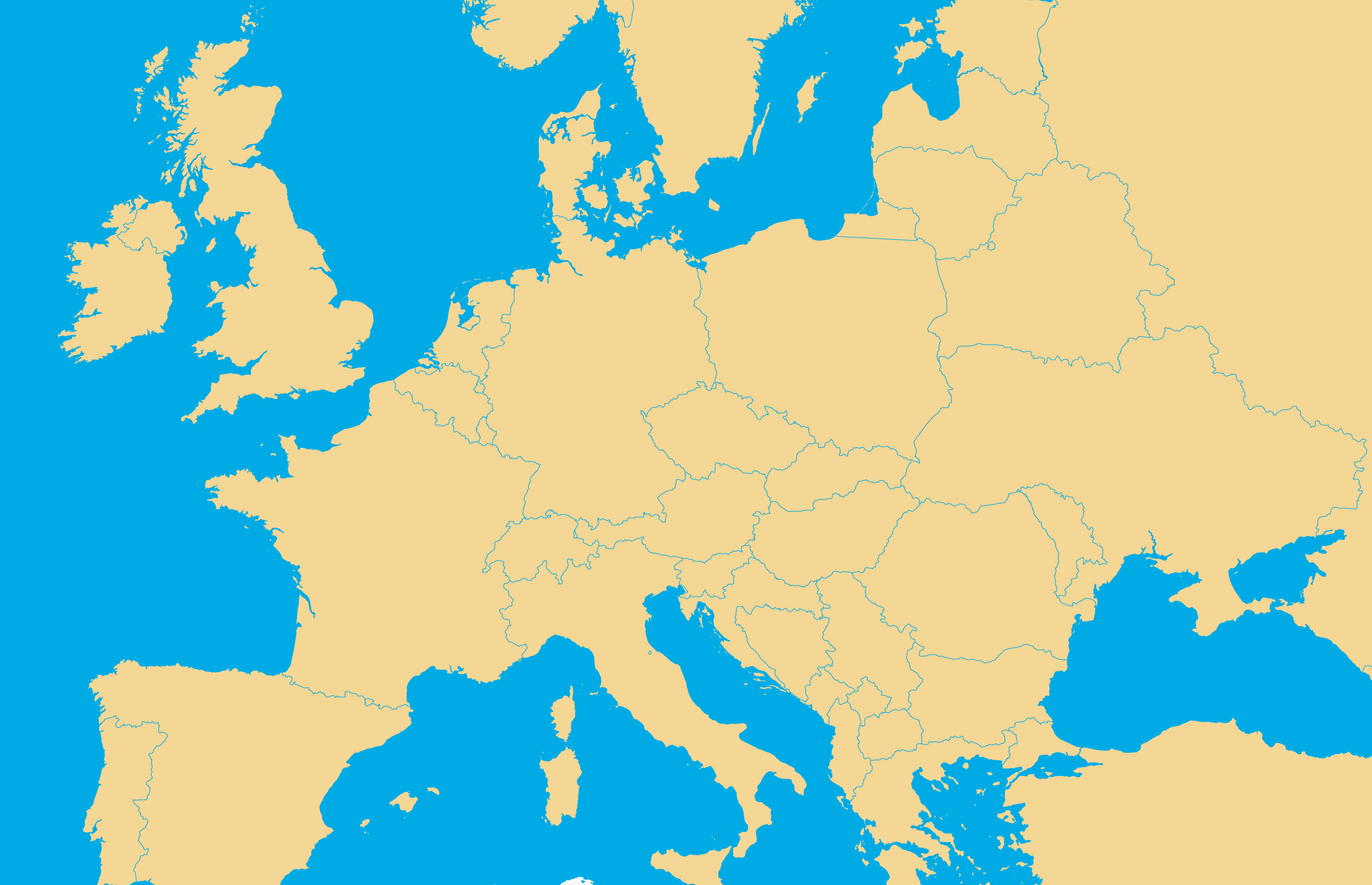
5-10 MW
60 TJ/y
Delft (Netherlands)
Demo ATES (200-300m depth) site
storing heat from a geothermal doublet
(max 80°C) integrated into a heat network
used in the built environment.
Read more →
270 kW
20 TJ/y
Darmstadt (Germany)
Demo BTES site (750m depth) in
crystalline granodioritic reservoir
connected to a university campus,
to store excess heat (>50°C)
from a super-computer and summer
heat surplus.
Read more →
260 kW – 1MW
2 – 8 TJ/y
Bochum (Germany)
Demo MTES (120m depth) for
the reuse of summer surplus heat
from a university campus (max. 80°C),
supplementing the district heating
infrastructure.
Read more →
5-10MW
50-70 TJ/y
Berlin (Germany)
Follower ATES site (400m depth)
to be integrated in a heating network,
using surplus heat from a wood-fired
power plant (max 90°C).
Read more →
2 MW
10-20 TJ/y
Litomĕřice (Czechia)
Follower BTES site (500m depth)
where several heat sources
(deep Geothermal, cooling of
photovoltaic panels) are integrated
into a field of deep boreholes and
will be integrated into the existing
heat network.
Read more →
~600kW
~3TJ/y
United Downs (United Kingdom)
Follower MTES site (500m depth)
to be investigated within an abandoned mine
complex. The project is adjacent to a drilled
fractured geothermal reservoir with fluid
temperatures
of ~180°C.
Read more →
The technologies
Explanation about ATES, BTES en MTES
Aquifer Thermal Energy Storage (ATES) is the storage and recovery of thermal energy in aquifers, which are permeable layers that contain groundwater.
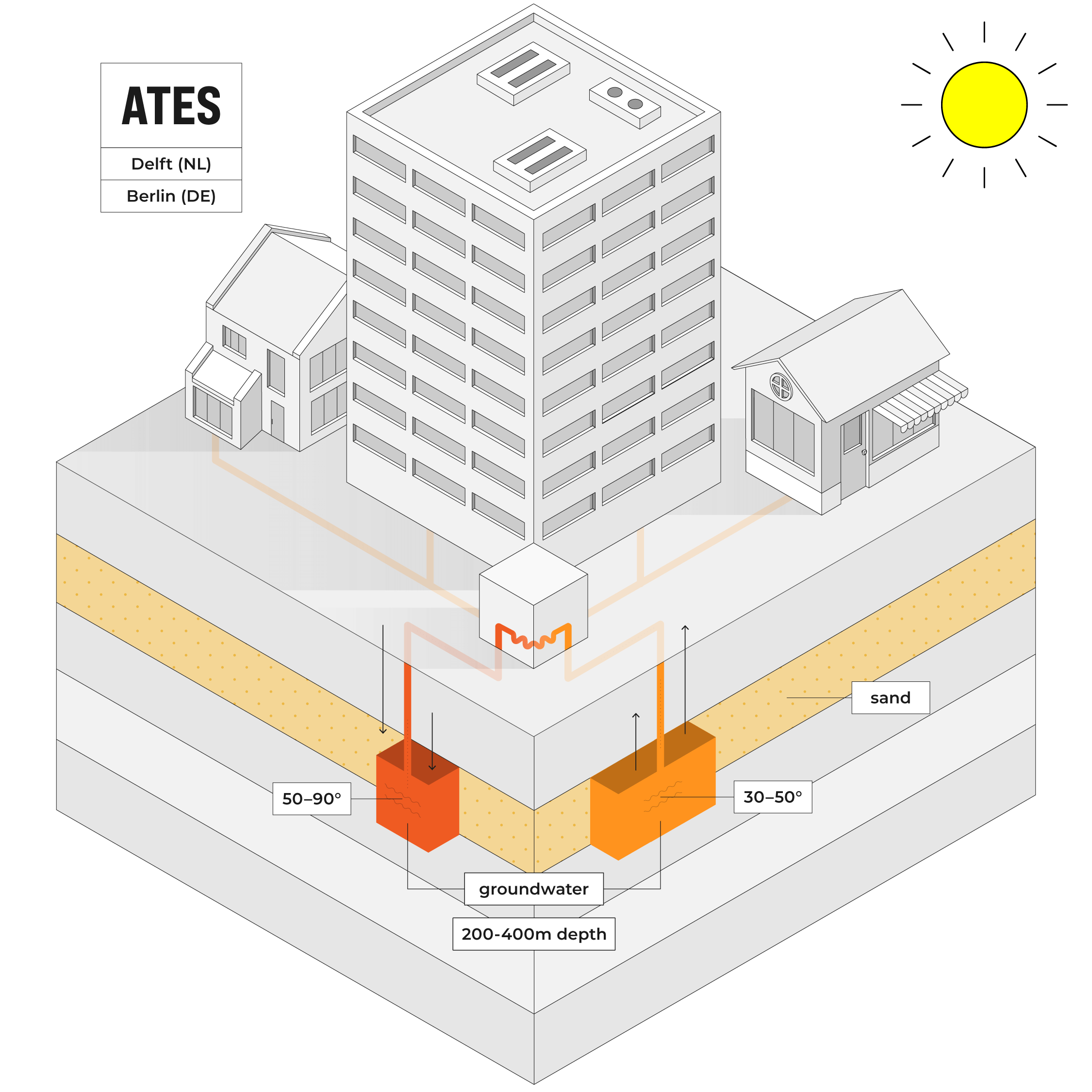

Borehole Thermal Energy Storage (BTES) is a large, underground heat exchanger. A BTES system consists of a set of tubes installed in the underground, placed vertically in a borehole.
Mine Thermal Energy Storage (MTES) uses the mine water present in abandoned mines as a carrier for transporting heat.
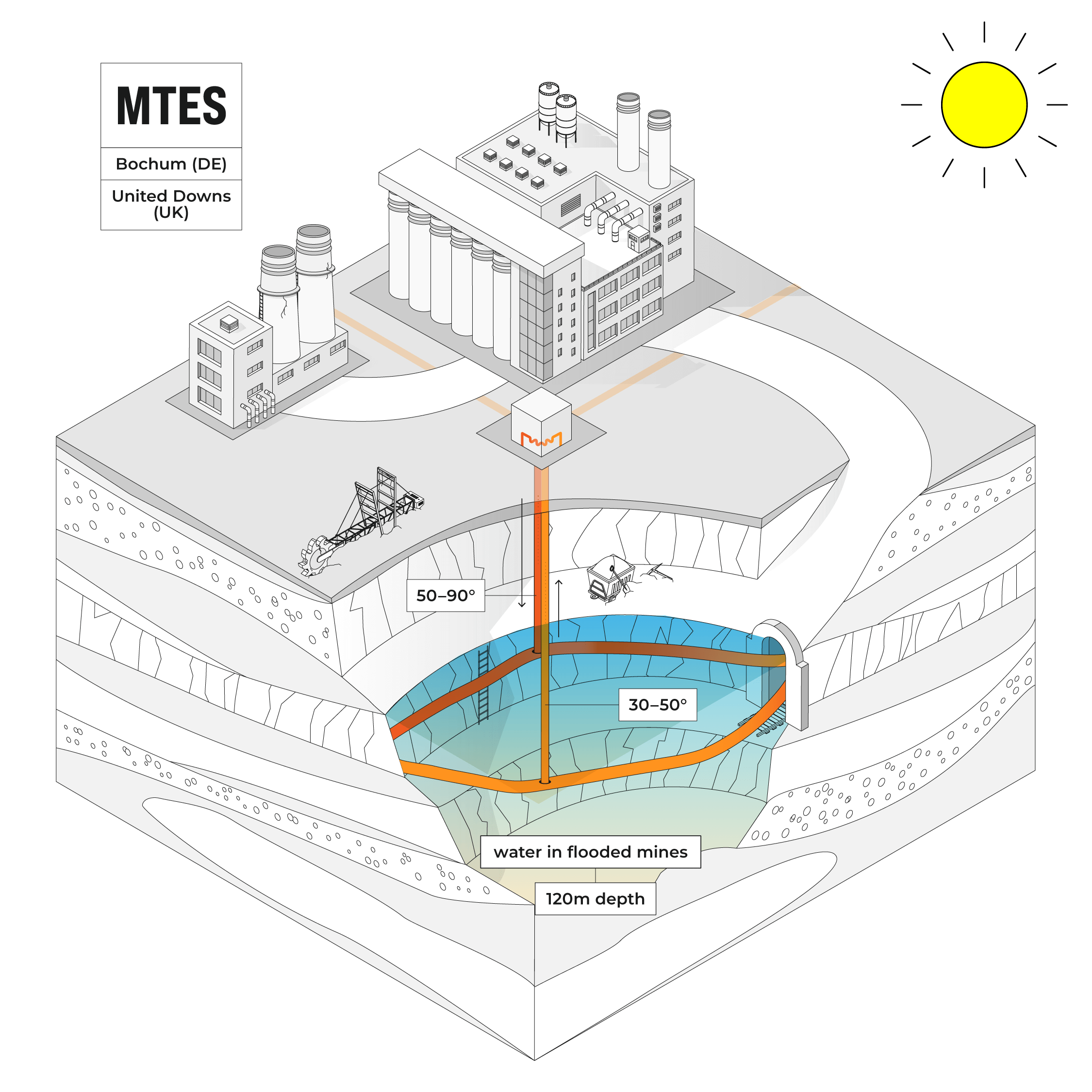
The topics
Social engagement, societal benefits, and risk and regulations
will be addressed to ensure public understanding and support and speed up market upscaling of heat storage.


Optimal system integration & control
will be developed to reduce costs, ensure environmental protection and achieve better integration of sustainable heat in the energy system.
and good practices will be employed to improve performance, safety and realisation of heat storage.
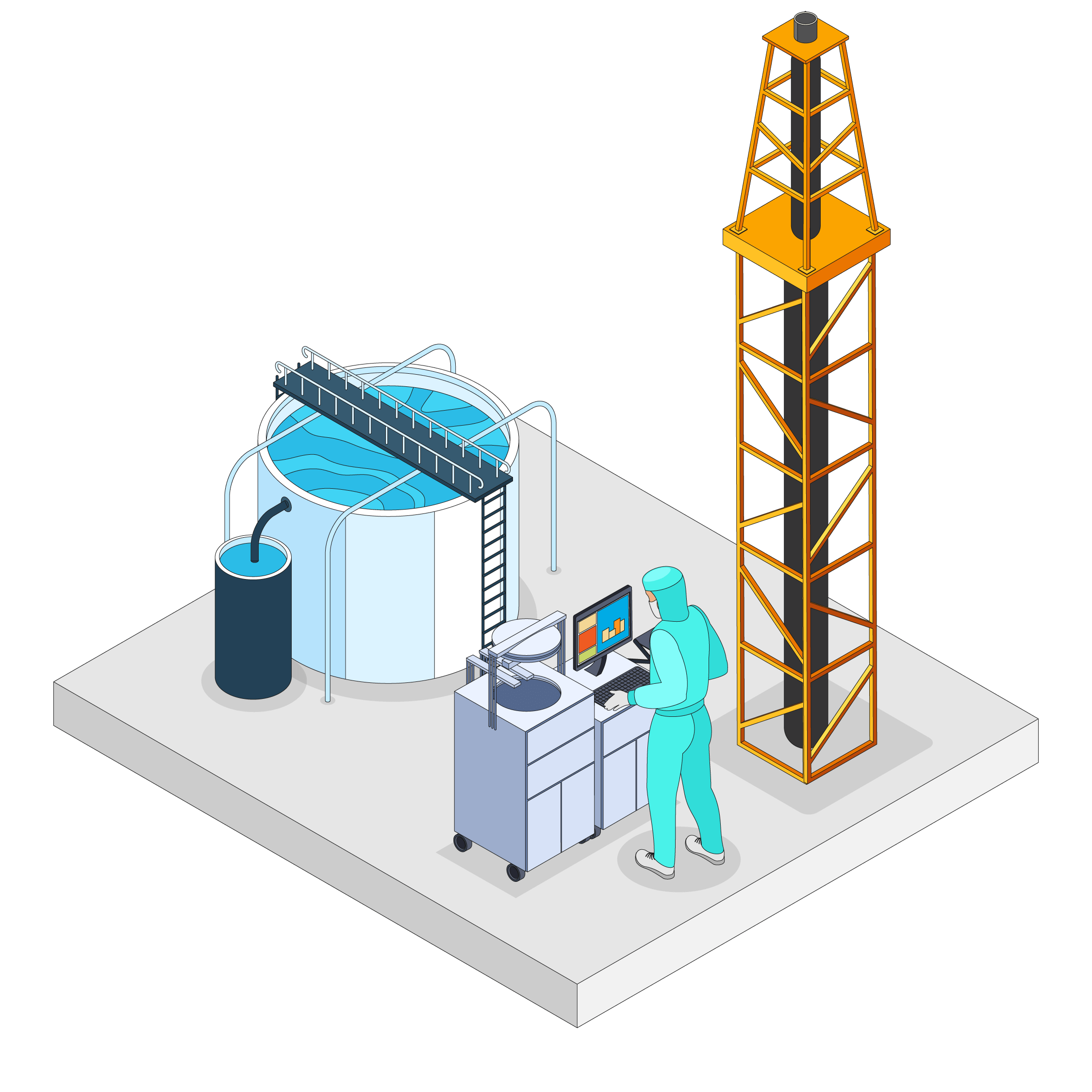
News

The Push-It project not only works on site to create UTES systems. It also develops enabling technologies to make it easier to create and implement those systems.
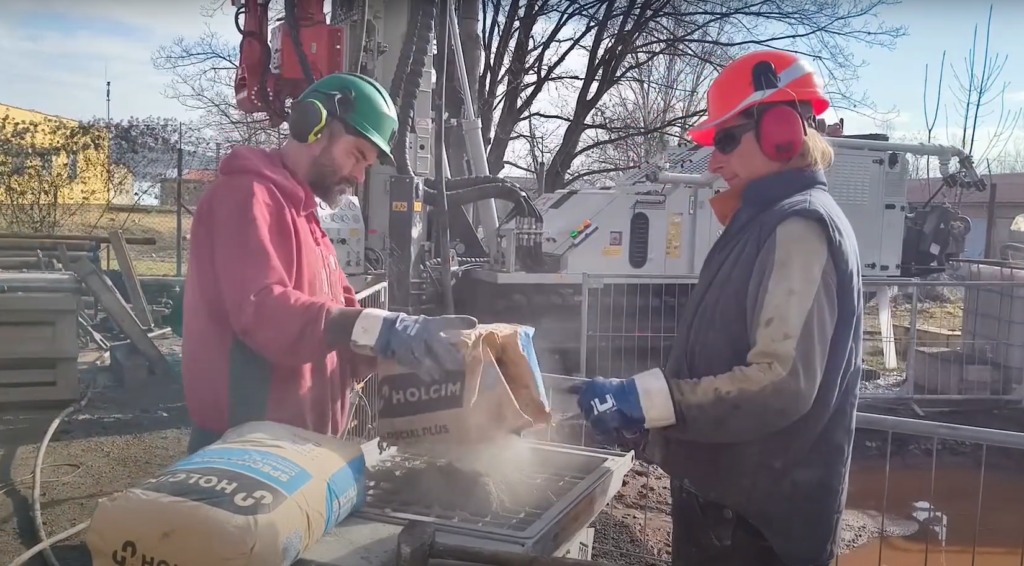
As part of the Push-It project, a new hydrogeological borehole at Litoměřice has been established to monitor groundwater flow and quality. Located at a future site for underground heat storage, the borehole will play a key role in observing groundwater velocity, flow direction, and chemical composition at depths ranging from 100 to 400 meters.
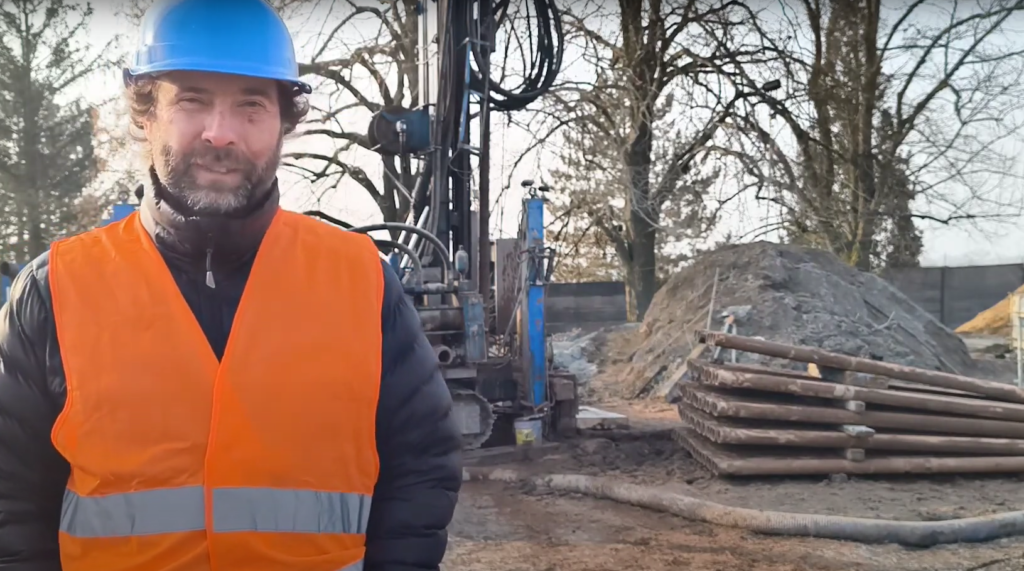
Vit Peresty takes us through the drilling of a hydrogeological borehole at the RINGEN research center at Litoměřice.

PUSH-IT is a project funded by the European Union’s Horizon Europe research and innovation programme under grant agreement No 101096566.
Funded by the European Union. Views and opinions expressed are however those of the author(s) only and do not necessarily reflect those of the European Union. Neither the European Union nor the granting authority can be held responsible for them.
Subscribe to the PUSH-IT Newsletter!